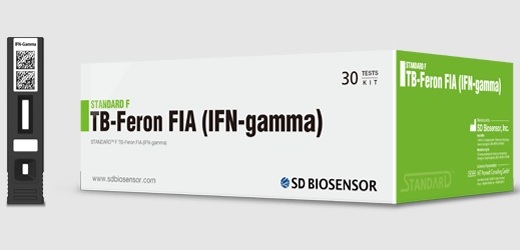Rapid Detection of Legionella Offered for Commercial Water Systems
By LabMedica International staff writers
Posted on 02 Apr 2018
A rapid (approximately one hour) DNA microarray-based assay is set to replace classical culture methods for identification of Legionella bacteria in commercial water systems.Posted on 02 Apr 2018
The genus Legionella is a pathogenic group of Gram-negative bacteria that includes the species L. pneumophila, the causative agent of legionellosis (all illnesses caused by Legionella) including a pneumonia-type illness called Legionnaires' disease.

Image: In an outbreak of Legionnaires\' disease, finding the exact source as quickly as possible is essential to preventing further infections. Investigators have now developed a rapid test that identifies Legionella pneumophila in less than one hour. The photograph shows the use of the LegioTyper-chip with the MCR microarray analysis platform (Photo courtesy of Jonas Bemetz, Technical University of Munich).
Molecular biological detection methods capable of rapidly identifying viable Legionella are important for the control of engineered water systems. The current gold standard based on culture methods takes up to 10 days to show positive results. For this reason, investigators at the Technical University of Munich (Germany) developed a flow-based chemiluminescence (CL) DNA microarray that was able to quantify viable and non-viable Legionella spp. as well as L. pneumophila.
The assay method depends on a measuring chip that was developed in the context of the "LegioTyper" project funded by the German Federal Ministry of Education and Research. This chip not only detected the dangerous pathogen L. pneumophila but also identified which of the approximately 20 subtypes was present.
The foil-based measuring chip used the microarray analysis platform MCR marketed by the biotech company GWK GmbH (Munich, Germany). Using 20 different antibodies, this system provided a complete analysis in less than one hour.
"Compared to previous measurements, the new method not only provides a huge speed advantage," said senior author Dr. Michael Seidel, lecturer in analytical chemistry at the Technical University of Munich, "but is also so cheap that we can use the chip in one-time applications."
Related Links:
Technical University of Munich
GWK














